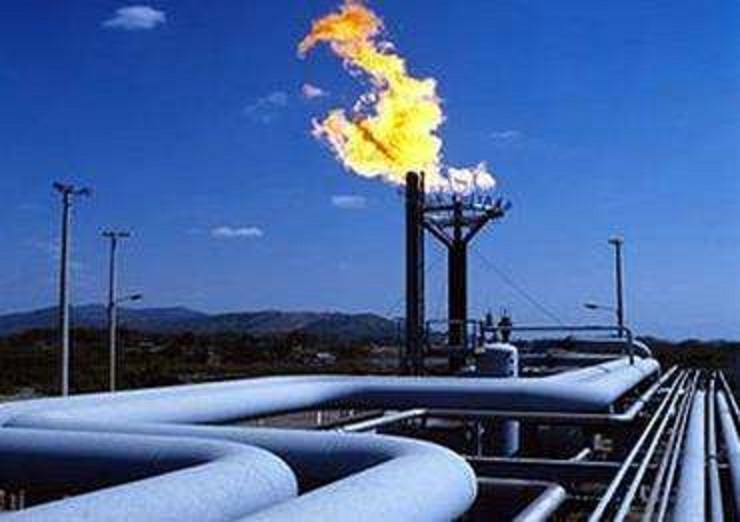The formation of Natural Gas
Natural gas is a kind of multi-component mixed gaseous fossil fuel. Its main constituents are alkanes, of which methane accounts for the majority, with small amounts of ethane, propane and butane. It mainly exists in oil fields, gas fields, coal seams and shale. There is no waste residue or waste water produced after the combustion of natural gas. Compared with coal, oil and other energy sources, natural gas has the advantages of safe use, high calorific value and cleanliness. Natural gas can be divided into associated gas and non-associated gas.
Natural gas factory
The formation processes of natural gas and petroleum are both related and different: petroleum is mainly formed in the stage of progeny and is caused by catalytic cracking, while the formation of natural gas runs through the whole process of diagenesis, progeny, epigenesis and metamorphism. Compared with the generation of oil, whether it is the original material or the generation environment, the generation of natural gas is more extensive, faster and easier. Various types of organic matter can form natural gas -- sapropelic organic matter can generate both oil and gas, and humic organic matter mainly generates gaseous hydrocarbons. So there are many different sources of natural gas.
In summary, the origin of natural gas can be divided into biogenic gas, oil gas and coal gas. Inorganogenic gases, especially non-hydrocarbon gases, have received great attention, and are briefly introduced here. Finally, the discriminant methods of various genetic gases are also introduced.





 Facebook
Facebook YouTube
YouTube LinkedIn
LinkedIn Twitter
Twitter